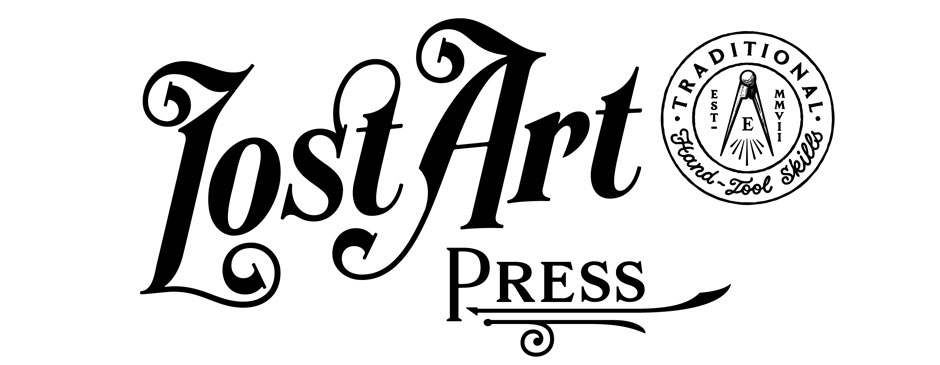
I hate to give advice. But I also hate to be a jerk. And so I gave some after-school-special answer about working hard and never listening to adults.
The honest answer is: Become a hedge fund manager for five years, make more money than I will in a lifetime and “retire” to building furniture for clients and writing about woodworking.
As we don’t need more hedge fund managers, here is a list of things I have done right in my career (the list of things I’ve done wrong would fill a book and require multiple therapy sessions).
- Keep your day job. Don’t quit your real job until you have paid off all your debts (I paid off my mortgage when I was 39) and have purchased all the equipment you need to get started. Build your business while you are working for the man. Yes, this requires multi-vitamins or amphetamines. I chose vitamins.
- Reject all overhead. Don’t hire employees, buy/rent/lease a building or add any overhead until these things seem like pocket change. Even though I can afford an employee (or five), it’s better to keep a business small and flexible. Plus, you didn’t really quit your job to become a middle manager at your own business, did you?
- Embrace the Internet. If you aren’t happy to share your struggle on Instagram, Twitter, SnapChat, blogs, forums and usenet (they’re FREE), I think you are fighting without using your fists. These tools allow you to compete with huge businesses. All it takes is being clever and determined.
- Make friends. You cannot do this alone. Take other makers out to lunch and figure out how their businesses work. Because I have a network of woodworkers here in Northern Kentucky, I could live off referrals if I needed to (not that I really want to make 600 shutters for the county courthouse). Friends will keep you fed. And you should return that favor for other makers.
- Don’t do one thing. Make sure you have multiple income sources. I make money from writing, building furniture and publishing other people’s books. All of those hands wash each other. When one goes to pot, the other one can make up the difference.
- Live someplace cheap. This is huge. The Cincinnati area is dirt cheap but densely populated. That’s perfect for what I do. I have the infrastructure I need (gigabit Internet, lumberyards, transportation, other makers) and access to the rest of the world, thanks to the Internet.
- Do it all yourself. Learn photography, website design, copywriting, CAD, QuickBooks and whatever else it takes to make your business work. Yes, you might hire others to do some of this stuff (someday), but you should be good enough at all these things that you can tell when you are getting cheated or are working with a slug.
- Keep your day job. If all the above points sound exhausting, then maybe your day job isn’t so bad.
One more point: I’d do exactly what I am doing even if there were no money in it. I’d do it if no one read it. I’d do it if no one bought it. Seriously, I can’t not do it. I am obsessed and crazy (ask Lucy). And that, more than anything, is why we didn’t eat ramen tonight.
— Christopher Schwarz











